
HomePony Know HowRiding TipsFlatworkOn the edge of your seat
-
Pony Care Tips
Learn everything you need to know about caring for your fave pony. From feeding and grooming to mucking out – we have it all here!
-
Riding Tips
Improve your riding with our fab articles! Whether it's building your confidence, riding shapes, or jumping spreads that you need tips on, we have something for every rider.
Latest News
On the edge of your seat
Posted in Flatwork
Power up your position to get the most from your pony
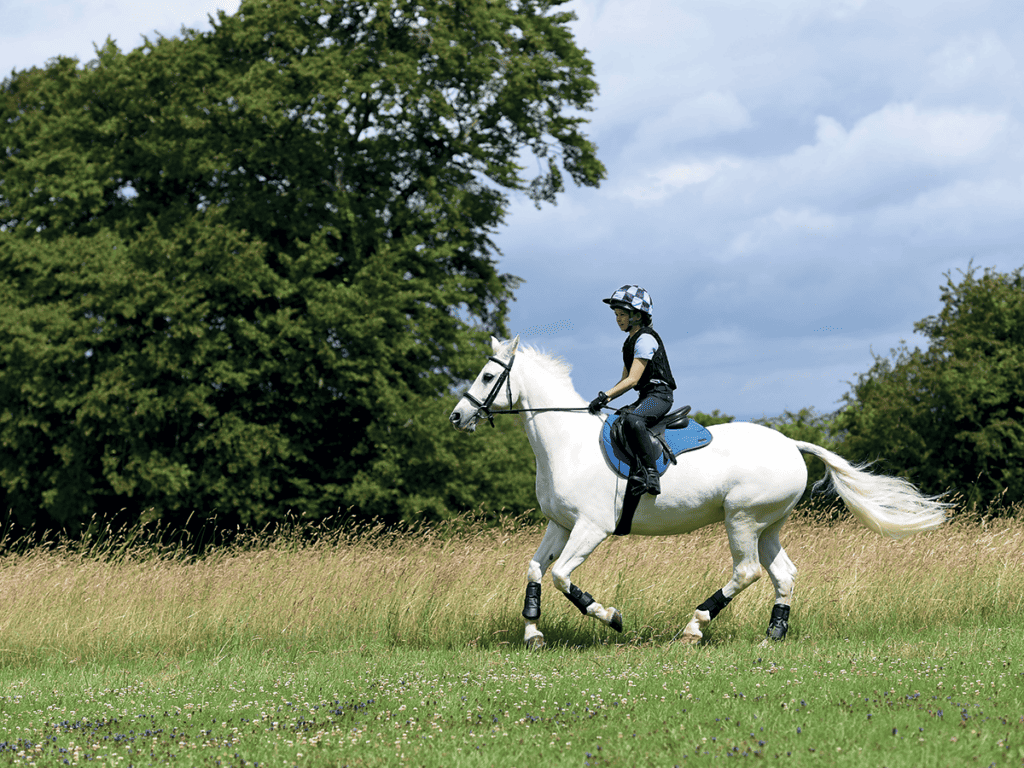
You might be familiar with the different types of walk and trot, such as working and extended. But did you know you can also adapt your position to ride different types of canter? Let’s find out how…
Did you know?
Rising canter is when you sit for one stride of canter, then rise for the next – just like rising trot. You’ll often see showjumpers doing rising canter to help them establish a good rhythm.
Let it all go
If you love cross-country or taking your pony for a gallop, you’re likely to be familiar with two-point position – this is when your legs are the two points of contact with your saddle. In this position your seat is lifted out of the saddle, which takes the weight off your pony’s back and allows him to open up his stride.
Top tip
It’s important that your lower leg is under your body, not too far forward or back, to help keep you stable in the saddle.
Hold it together
Three-point position is when your body makes three points of contact with the saddle – each of your legs and your seat. You’ll use this position most often while in canter, so getting it right is key to boosting your skills. To slow your pony down, regain balance or ask for a shorter stride in canter you can tweak this position slightly by sitting deeper in the saddle.
Position checklist
Two point position
Head Keep your eyes up and looking where you want to go Shoulders Make sure your back is straight and squeeze your shoulder blades together. It’s easy to tip forward in two-point position, so focus on lifting your shoulders up
Arms and hands Your elbows should still be bent but your hands will be slightly further up your pony’s neck to allow him to stretch out Hips Try to keep your hips towards the back of the saddle because that will give you more stability
Knees Avoid gripping with your knees – think about relaxing and allowing them to flex with your pony’s movements
Heels Drive your weight down into your heels and keep your lower leg underneath you
Three point position
Head Keep your eyes up and looking where you want to go Shoulders Make sure your back is straight and squeeze your shoulder blades together
Arms and hands Your elbows should be bent and close to your sides with your hands in front of you, over your pony’s withers
Hips Your hips should be relaxed to help you match your pony’s rhythm
Knees Avoid gripping with your knees – think about relaxing and allowing them to flex with your pony’s movements
Heels Drive your weight down into your heels and keep your lower leg underneath you
Improve it
The perfect position requires lots of balance and strength, so here are our top tips to help you nail it.
- practice lots of exercises at home, such as standing on one leg, squats and lunges
- pop a neckstrap on your pony so you have something to hold onto if you feel wobbly
- ask a friend or your instructor to take pics – you’ll be able to see what areas you need to work on as well as pick up on the improvements you’ve made
- change your stirrup length to help keep your leg more secure
- focus on keeping your weight evenly distributed over your pony’s back – leaning towards one side more than the other will significantly affect him
- keep practising – the harder you work on your position, the sooner you’ll notice the difference!


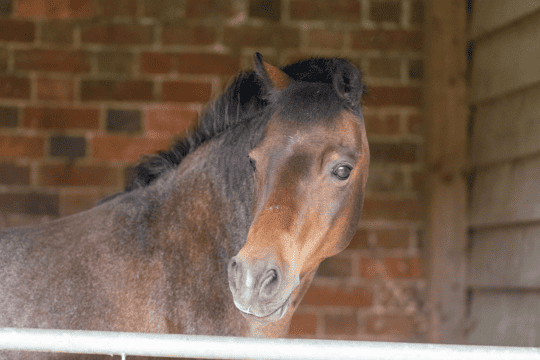
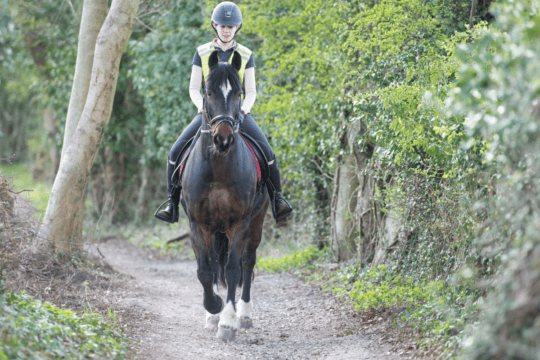
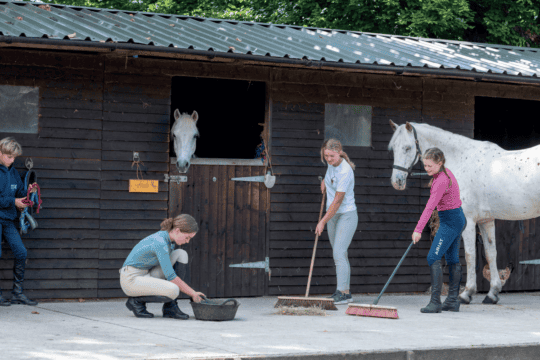
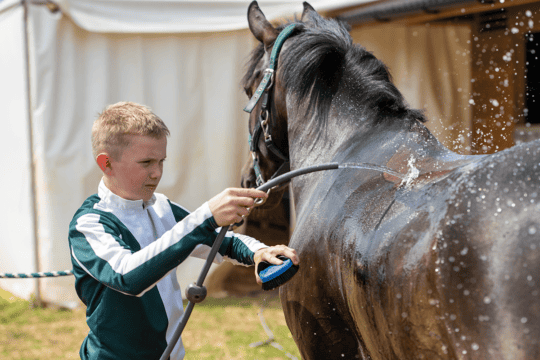




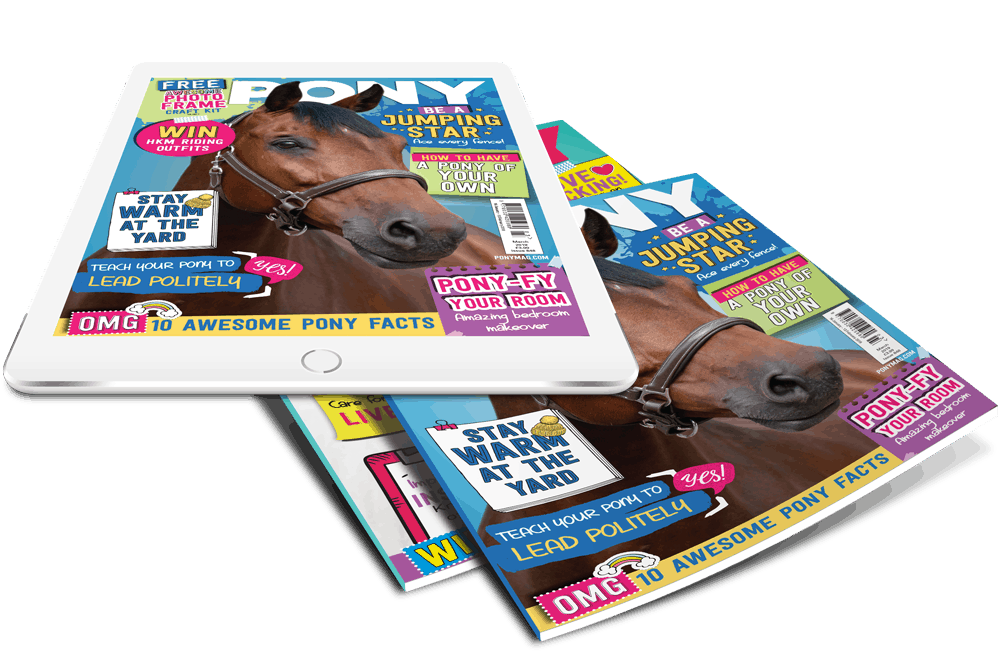



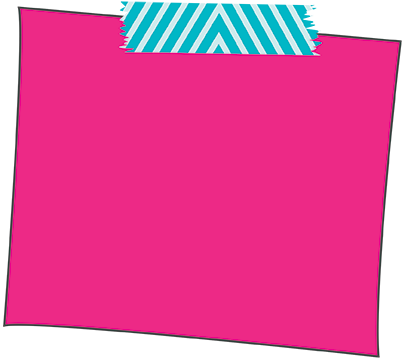


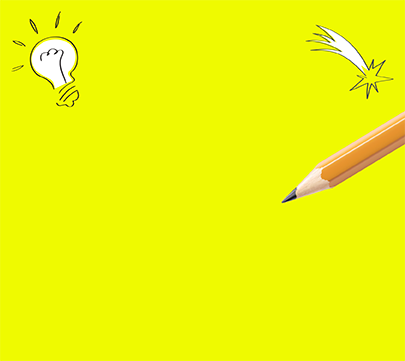




Leave a Reply
You must be logged in to post a comment.